Why You Should Optimize Photos for Your Farm Website & Emails
So you’re setting up your new website and online store for your farm business. Now it’s time to add some nice photos! It seems simple enough in a DIY website builder like Squarespace or GrazeCart, but there’s a bit more to it if you want a polished, professional website.
If you’re working with Grapevine, we’ll optimize your photos when we build your farm website. This guide is especially for farms who are building their own website, and for our farm clients who might be adding their own photos after website launch, or using photos for ongoing email marketing.
What do we mean by optimize?
When we say “optimize,” we are referring primarily to the process of compressing file size enough so that it loads quickly, but not so much that it doesn’t look crisp. We also consider visual consistency, because that’s part of creating a pleasing design.
File size (e.g. 1MB vs. 200KB), which is determined by compression along with file type and photo dimensions
Visual consistency of photos, in this case aspect ratio (e.g. rectangle vs. square)
Why optimize photos?
Image optimization is something we pay a lot of attention to when we’re building farm websites, because it really does make a difference. Here’s how…
Website pages and emails load faster.
Images with optimized file sizes load faster, which means a better experience for your customers. It also makes Google happy when your website loads quickly! (GrazeCart and many other website platforms will actually give you an error message that prevents you from uploading a photo that’s too big.)
Emails are more likely to reach your customers’ inboxes.
There are many factors that play a role in email deliverability (the rate at which marketing emails actually reach inboxes vs Spam or Promotions tabs), and image size is one of those factors. (Need help with deliverability? Our Drip pro, Caite, has helped farms increase opens by as much as 40% by simply helping them reach a higher percentage of subscriber inboxes.)
Websites look neater & more appealing.
Images that are not properly cropped or sized can make your farm website look less professional. On the other hand, a consistent, even grid of your farm’s product photos is organized and pleasing to the eye, which in turn keeps website visitors engaged and shopping. Good design sells!
BEFORE: Ragged images with random proportions
AFTER: Clean grid, where all images have the same proportions (aspect ratio)
… and it’s not that hard to do!
Now that you know why it’s important, check out our simple step-by-step guide to optimizing photos for your farm website. (If you’ve got your hands full, we’ll be happy to help — just get in touch!)













